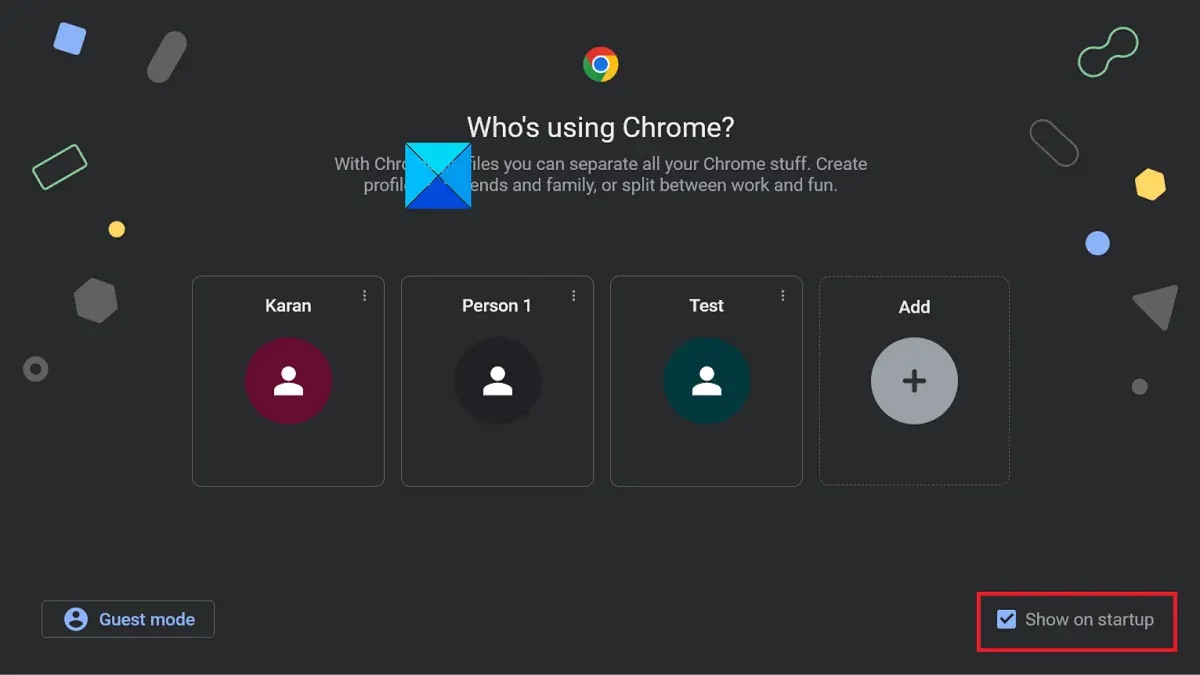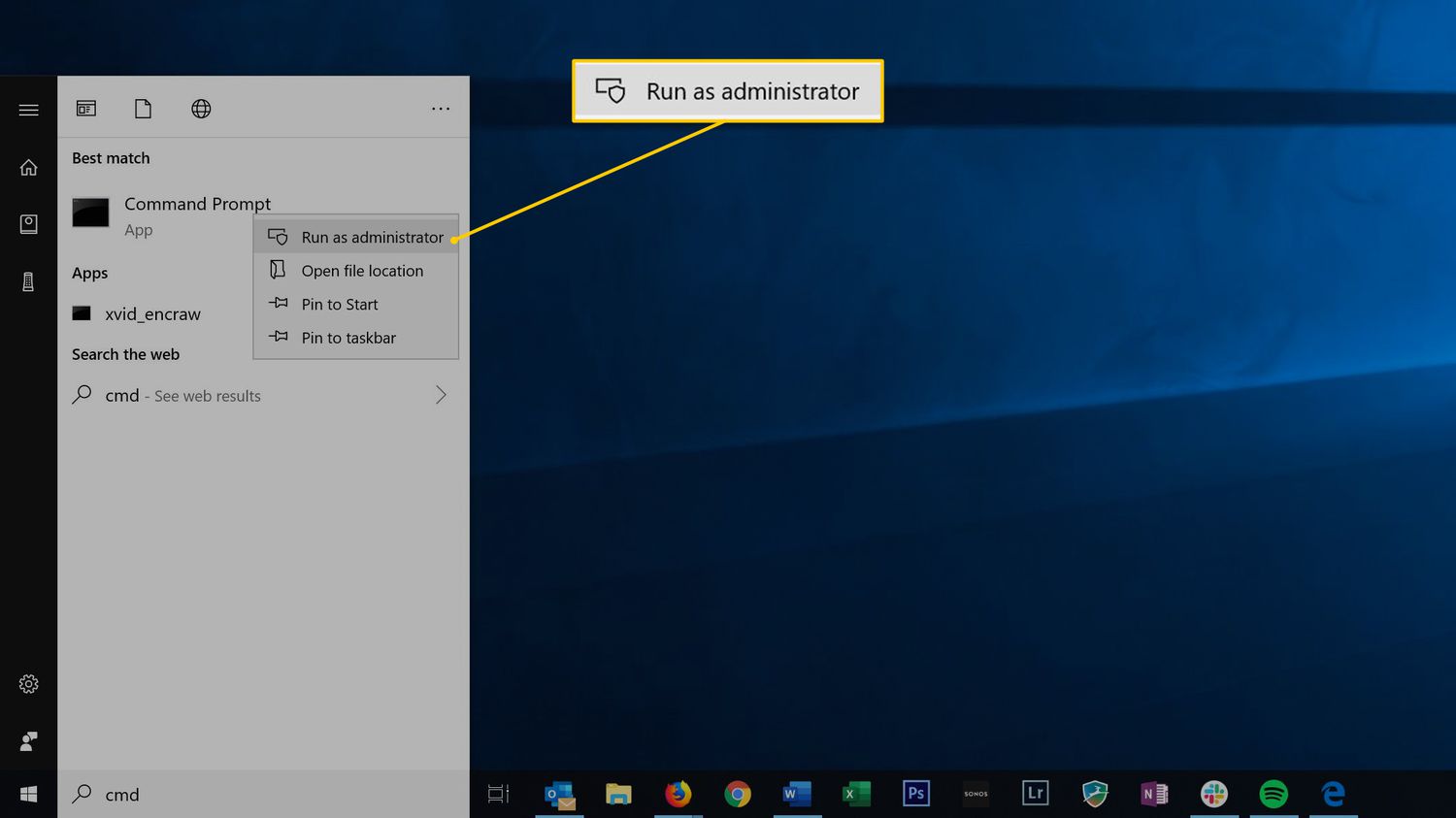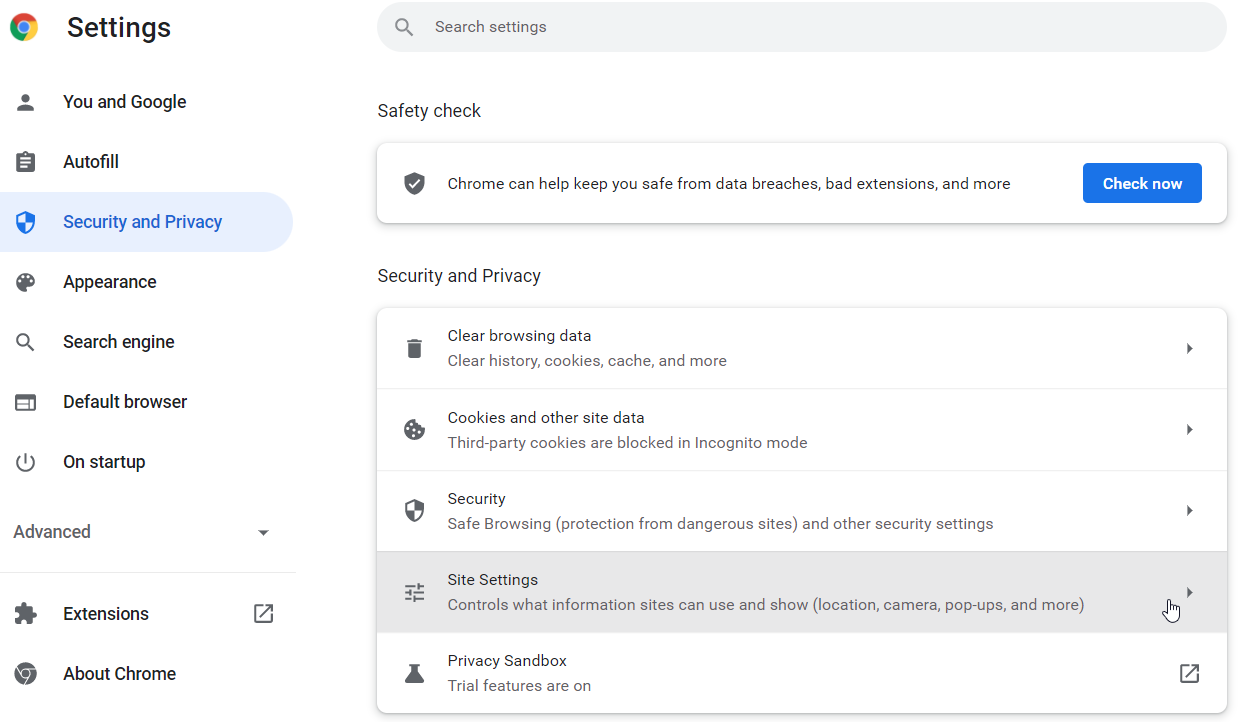Introduction
Google Chrome is one of the most popular web browsers in the world, known for its speed, simplicity, and user-friendly interface. One of the reasons for its widespread appeal is the availability of a wide range of add-ons and extensions that enhance the browsing experience. These add-ons can provide useful features such as ad blocking, password management, and productivity tools, allowing users to customize their browser to suit their specific needs.
However, there are instances when users may need to disable add-ons in Google Chrome. This could be due to performance issues, security concerns, or simply to streamline the browsing experience. Knowing how to disable add-ons can be invaluable in maintaining a smooth and efficient browsing experience.
In this article, we will explore the reasons why you might want to disable add-ons in Google Chrome and provide a comprehensive guide on how to do so. Whether you're experiencing browser slowdowns, encountering compatibility issues, or simply looking to declutter your browser, understanding the process of disabling add-ons will empower you to take control of your browsing experience. Let's delve into the world of Google Chrome add-ons and discover how to manage them effectively.
Why Disable Add-Ons in Google Chrome
Add-ons and extensions are valuable tools that can enhance the functionality of Google Chrome, but there are several compelling reasons why you might want to disable them:
-
Performance Optimization: Over time, the accumulation of multiple add-ons can impact the browser's performance, leading to slower loading times, increased memory usage, and overall sluggishness. Disabling unnecessary add-ons can help streamline the browser's operation and improve its responsiveness.
-
Security Concerns: Some add-ons may pose security risks by collecting user data, injecting ads, or even containing malicious code. Disabling suspicious or untrusted add-ons can mitigate these security concerns and safeguard your browsing activities.
-
Compatibility Issues: Certain add-ons may conflict with each other or with the browser itself, resulting in unexpected errors, crashes, or other malfunctions. Disabling conflicting add-ons can help resolve compatibility issues and ensure a smoother browsing experience.
-
Resource Consumption: Some add-ons continuously consume system resources, even when not in use, which can impact the overall performance of your device. Disabling such add-ons can free up resources and improve the efficiency of your system.
-
Browser Customization: As users' browsing habits evolve, they may find that certain add-ons are no longer necessary or relevant. Disabling unused or outdated add-ons can help declutter the browser interface and streamline the user experience.
-
Privacy Enhancement: Certain add-ons may track user behavior or collect personal information without explicit consent. Disabling such add-ons can help protect your privacy and ensure a more secure browsing environment.
By understanding the reasons for disabling add-ons in Google Chrome, users can proactively manage their browser's performance, security, and customization. It's important to periodically review and assess the add-ons installed in the browser to ensure that they align with your current needs and preferences. In the next section, we will explore the step-by-step process of disabling add-ons in Google Chrome, empowering users to take control of their browsing experience.
How to Disable Add-Ons in Google Chrome
Disabling add-ons in Google Chrome is a straightforward process that allows users to manage their browser's functionality and performance. Whether you're looking to address performance issues, enhance security, or streamline your browsing experience, knowing how to disable add-ons is essential. Here's a step-by-step guide to help you navigate this process effectively:
Accessing the Extensions Menu
To begin, open Google Chrome and click on the three-dot menu icon located in the top-right corner of the browser window. From the dropdown menu, navigate to "More tools" and then select "Extensions." This will open the Extensions page, where you can view all the add-ons and extensions currently installed in your browser.
Reviewing Installed Add-Ons
Once you're on the Extensions page, take a moment to review the list of installed add-ons. This allows you to identify the specific add-ons that you may want to disable. You can also assess each add-on's permissions, update status, and other relevant details to make informed decisions about which ones to disable.
Disabling Individual Add-Ons
To disable a specific add-on, simply locate it in the list of installed extensions and toggle off the switch next to it. This action effectively disables the add-on, preventing it from running and impacting your browsing experience. You can easily re-enable the add-on in the future by toggling the switch back on.
Removing Add-Ons
In addition to disabling add-ons, you also have the option to remove them entirely from your browser. If you no longer require a particular add-on, you can click on the "Remove" button associated with that add-on. This will uninstall the add-on from your browser, freeing up resources and decluttering your extensions list.
Managing Add-On Settings
Some add-ons may offer additional settings or preferences that can be accessed through the Extensions page. By clicking on the "Details" button for a specific add-on, you can explore its settings, permissions, and other customization options. This allows for a more granular control over the behavior of individual add-ons.
Periodic Review and Maintenance
It's important to periodically review and manage your installed add-ons to ensure that they align with your current browsing needs and preferences. By regularly assessing the performance, security implications, and relevance of your add-ons, you can maintain a well-optimized and secure browsing environment.
By following these steps, users can effectively disable and manage add-ons in Google Chrome, empowering them to tailor their browsing experience to their specific requirements. Whether it's optimizing performance, enhancing security, or customizing the browser interface, the ability to disable add-ons provides users with valuable control over their browsing environment.
Conclusion
In conclusion, the ability to disable add-ons in Google Chrome is a valuable tool for users seeking to optimize their browsing experience. By understanding the reasons for disabling add-ons, such as performance optimization, security concerns, compatibility issues, resource consumption, browser customization, and privacy enhancement, users can proactively manage their browser's functionality and security.
The step-by-step guide provided offers a clear and accessible process for disabling add-ons in Google Chrome. From accessing the Extensions menu to reviewing, disabling, and removing individual add-ons, users can take control of their browser's performance and customization. Additionally, the option to manage add-on settings provides a more granular level of control over the behavior of specific add-ons, allowing for a tailored browsing experience.
It's important for users to recognize the dynamic nature of their browsing needs and periodically review and manage their installed add-ons. By doing so, they can ensure that their browser remains optimized, secure, and aligned with their current preferences.
Ultimately, the ability to disable add-ons empowers users to curate a browsing environment that meets their specific requirements, whether it's prioritizing performance, enhancing security, or customizing the browser interface. This level of control contributes to a more efficient, secure, and personalized browsing experience for Google Chrome users.
By leveraging the insights and guidance provided in this article, users can navigate the process of disabling add-ons with confidence, enabling them to harness the full potential of Google Chrome while maintaining a streamlined and secure browsing environment.

























